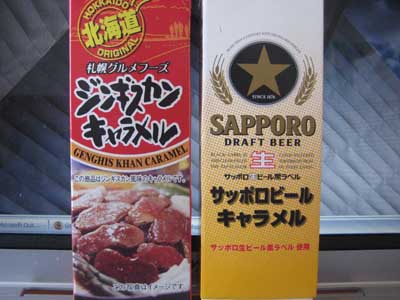For Christmas, I bought Erin a pass for 10 visits to Dahn Yoga, an international chain of yoga schools founded in Korea in the 1970s that has several locations in the Denver area. One is close by, and Erin was interested in taking yoga, so I walked in. I left with the gift certificate for Erin, and a slightly sour aftertaste about the place, because of the high-pressure way I was urged to spend more money for a higher package of classes.
I warned Erin that there was a little of “cult-like” feel about Dahn Yoga, but one of our good friends has been taking classes there for years at another location with the same instructor, so we figured it would be OK. Erin finally attended her first class last week, and also signed both of us up for a free class about brain health (Erin’s an expert on the brain, and loves to learn anything about it). Continue reading











